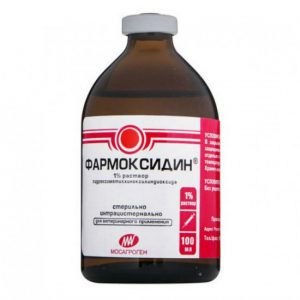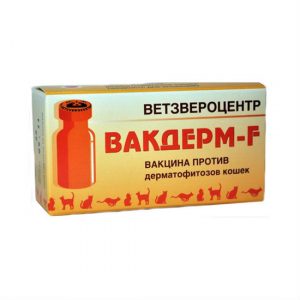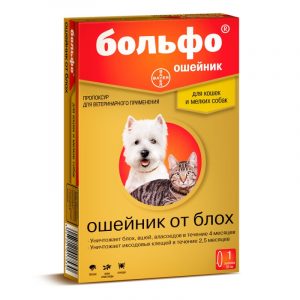Description
Pharmacological action of
Calcium borgluconate has a desensitizing, antitoxic and anti-inflammatory effect that increases the level of ionized calcium in the blood, stimulates metabolism, and strengthens the contraction of the heart muscle.
Indications
Postpartum paresis, spasmophilia, eclampsia, shock, transport illness, rickets, tetany, osteomalacia, delayed placenta, prenatal and postpartum bedding, poisoning with magnesium salts, allergic diseases (urticaria, serum sickness).
Contraindications
Intramuscular administration is not recommended, as tissue necrosis may develop. Calcium borgluconate is contraindicated in hypercalcemia.
Special instructions
Livestock products after use of the solution can be used without restrictions.
Composition
A complex preparation, which includes: calcium gluconate, boric acid, sodium tetraborate, sodium tetraborate 10-water, water for injection.
Dosage and administration
Calcium borgluconate, heated to a temperature of 35-37 ° C, is administered to animals intravenously or subcutaneously at a rate of 0.5 ml / kg. With subcutaneous administration, the dose of the drug is usually administered fractionally in different places. A solution of calcium borgluconate is injected into a vein slowly (within 2-3 minutes). The drug is administered to animals once, and if necessary, repeatedly in the same doses after 24 hours. The maximum single doses are as follows: Cattle – 250-300 ml Horses – 150-200 ml Sheep, goats – 50-100 ml Pigs – 30-100 ml Dogs – 5-25 ml.
Side effects
At recommended doses, it usually does not cause side effects or complications in animals. With rapid intravenous administration, ventricular fibrillation of the heart may occur. In very rare cases, there may be vomiting, diarrhea, slowing of the pulse, which quickly and independently pass.
Storage conditions
In a dry, dark place at a temperature of 5 to 25 ° C.
Shelf life
2 years.
Active ingredient
Calcium borgluconate
dosage form
injection




